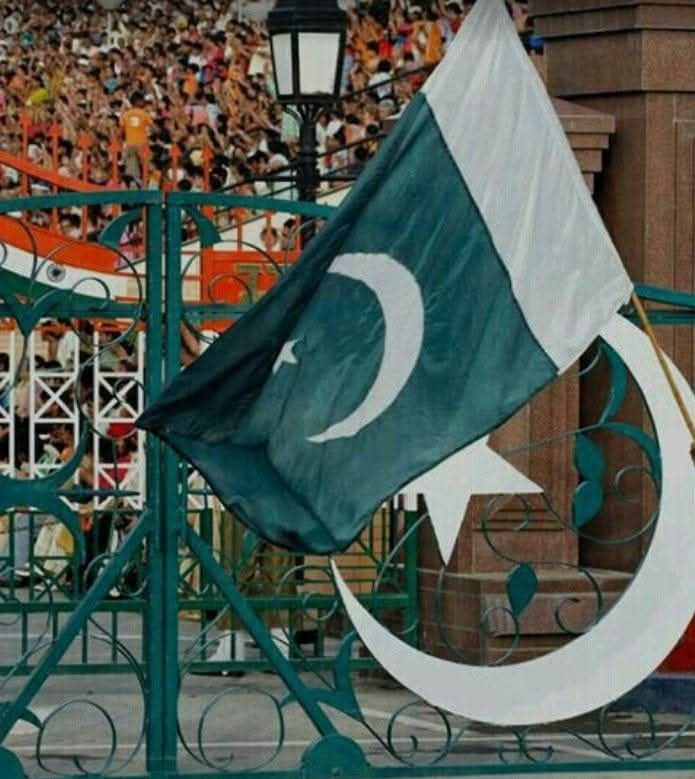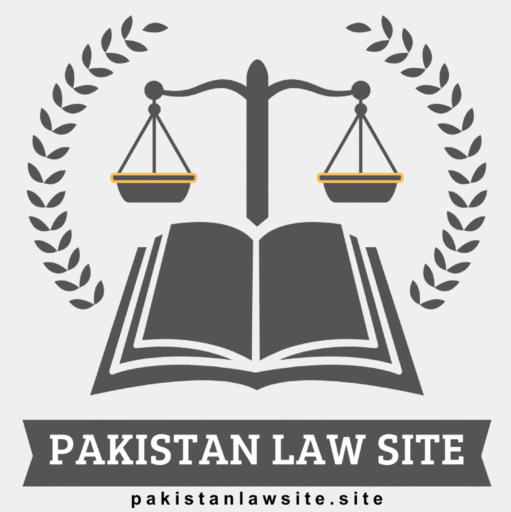𝑻𝒉𝒆 𝑶𝒓𝒊𝒈𝒊𝒏𝒔 𝒐𝒇 𝑷𝒂𝒌𝒊𝒔𝒕𝒂𝒏 𝒂𝒏𝒅 𝑺𝒆𝒑𝒂𝒓𝒂𝒕𝒊𝒔𝒎 𝒊𝒏 𝑰𝒏𝒅𝒊𝒂

By Advocate Zarbakht Ali Khan
Lecturer, Islamia College, Peshawar
There are many conflicting views about the origin of Pakistan. Some regard Pakistan as the result and consummation of the British policy of “Divide and Rule” in India. Historically, maintaining and establishing such a position has been difficult. The history of conflict between Muslims and Hindus can be traced back to the times of Muslim rule in India, way before the British rule in India. Especially in the times of the Mughal emperor Aurangzeb, his efforts to Islamize the Mughal rule in India led to the organization of a Hindu revolt under the Marathas’ glorified leader Shivaji against Aurangzeb. After the death of Aurangzeb, the disintegration of Muslim power in India gradually started. The declining Muslim power and growing Hindu power under Marathas in India raised alarms for Indian Muslims, which led one of the prominent Muslim Sufi leaders, Shah Waliullah, to write to the Afghan King, Ahmad Shah Abdali, in a communal spirit and appeal to invite him to attack and curb the growing power of Marathas in India.
Moreover, it is also claimed that Muslim separatism in India started after the introduction of the Minto Morley Reforms in 1909 in India, where the British conceded separate electorates to both the communities, Hindus and Muslims. The main question to consider here is whether separate electorates created a new gulf between Hindus and Muslims or whether the decision to grant separate electorates to both communities was no more than a recognition of the cultural and religious differences that already existed between Hindus and Muslims. When we analyze the Indian literature prior to 1909, it would reveal that Muslim writers have portrayed Islam and Muslims as a cultural and political force in India as against that of the Hindus; prominent among such literature is the Musaddas of Altaf Hussain Hali. On the other hand, Hindu writers have described and portrayed the Muslims and their rule as oppressive, degenerative, and tyrannical, and described the British as liberators against such tyranny and oppression. Such literature is a clear indication of the bitter communal tone and environment in India prior to the introduction of the Minto-Morley reforms in 1909 by the British Crown in India.
Furthermore, there is also a more patriotic claim that the creation of Pakistan is a result of the intense consciousness of Indian Muslims of their national and cultural identity and the intolerance and exclusiveness of the Hindu community in India. And that Pakistan is no more than a personal triumph of the brilliant strategy and willpower of Quaid-e-Azam Muhammad Ali Jinnah. It is not unfair to say that Jinnah’s role was highly important, given that his charismatic leadership post-1940 gave a sense of power to the Muslim community of India. Still, Jinnah could only have achieved Pakistan with Khilafat leaders like Maulana Muhammad Ali and Maulana Abul Kalam Azad and poets like Hali, Akbar Allahbadi, and Iqbal. It is because of them that the Muslims of India realized their national and cultural identities. Then, when Jinnah presented the message of Pakistan, it fell on fertile soil. Had there been no Hali, Iqbal, or Allahbadi, the Muslim League middle-class Muslim leaders would have probably come to some compromise on the issue of Pakistan. Also, the Pakistan movement enjoyed significant financial support from the Memons and Khojas, leading business elite Muslim families in India. Muhammad Ali Jinnah himself was a Khoja by origin and a successful lawyer in Bombay. He exclusively enjoyed support from these commercial communities, which gave him a distinct advantage over other leaders from Punjab and Bengal and ultimately helped in his making.
However, it can be argued that the communal gulf between Muslims and Hindus in India, provided that it existed before the introduction of the reforms of 1909 by British power in India, the British power could have used their imperial power to compose these differences and help the two communities to evolve a common secular nationality. We must admit that the British not only failed to do so but also widened the gulf between the two communities of India. But there can also be a formidable argument forwarded that there was no guarantee that a joint electorate would have bridged this communal gulf between both the religious communities and helped them evolve a common nationality in a united India. On the contrary, joint electorates might have worsened the relations between the two communities, provided the attitudes of the leaders of both communities at the time might have flared up into serious communal riots. We must admit that the congress leaders were not prepared to show a generous attitude on the part of the majority community, which might have helped neutralize the tensions between the two communities. Similarly, if we accept the claim that the British powers adopted the “divide and rule” design to rule over India, the Congress and Muslim League leaders did very little to frustrate the British designs.
Furthermore, it can be argued that the British had no other option; they were caught in a vicious circle of administrative problems in India. The matter was not merely about not dividing them and holding an equal balance between the two communities. Muslims were not only a minority community but also a politically backward community. They needed to catch up in education, commerce, political organization, and leadership. They resisted the British system and education on religious grounds. The theme was constantly preached in the sermons that are delivered in mosques every Friday, and this played a crucial role in the realization of the masses.
On the other hand, the Hindus, unlike the Muslims, took to the learning of English and commerce and soon supplanted the Muslims in most of the important offices of administration. The matter was further heightened by the gradual transfer of power by the British in the later years as more and more Congress and Muslim League leaders queued to grab more and more powers in their hands. However, Muslims found that they were being reduced to an inferior economic and social status and that a competitive power against a more superior Hindu majority was not preferred. Therefore, the idea of autonomy in the Muslim-majority areas of India was more feasible for an isolated competition for power where Hindus are not part of the competition. Which later gained and gathered power through effective and strategic mobilization of the masses and their consciousness; the idea naturally changed to a separate sovereign state when autonomy was not possible in a united India.
Concluding, it would be more prudent to say that each view taken in isolation would be an incomplete account of the origin of Pakistan. A multiplicity of factors contributed to Pakistan. Still, it is fair to say that a dominant or decisive cause of Pakistan is that there has never been a conflict between the two communities in India. A realization of a separate cultural and religious identity through various factors intensified the whole environment of India, in which following one course together for the future was not possible for both the religious communities, and a partition or division was inevitable, which finally took place in 1947, creating many new chapters on the pages of history.
